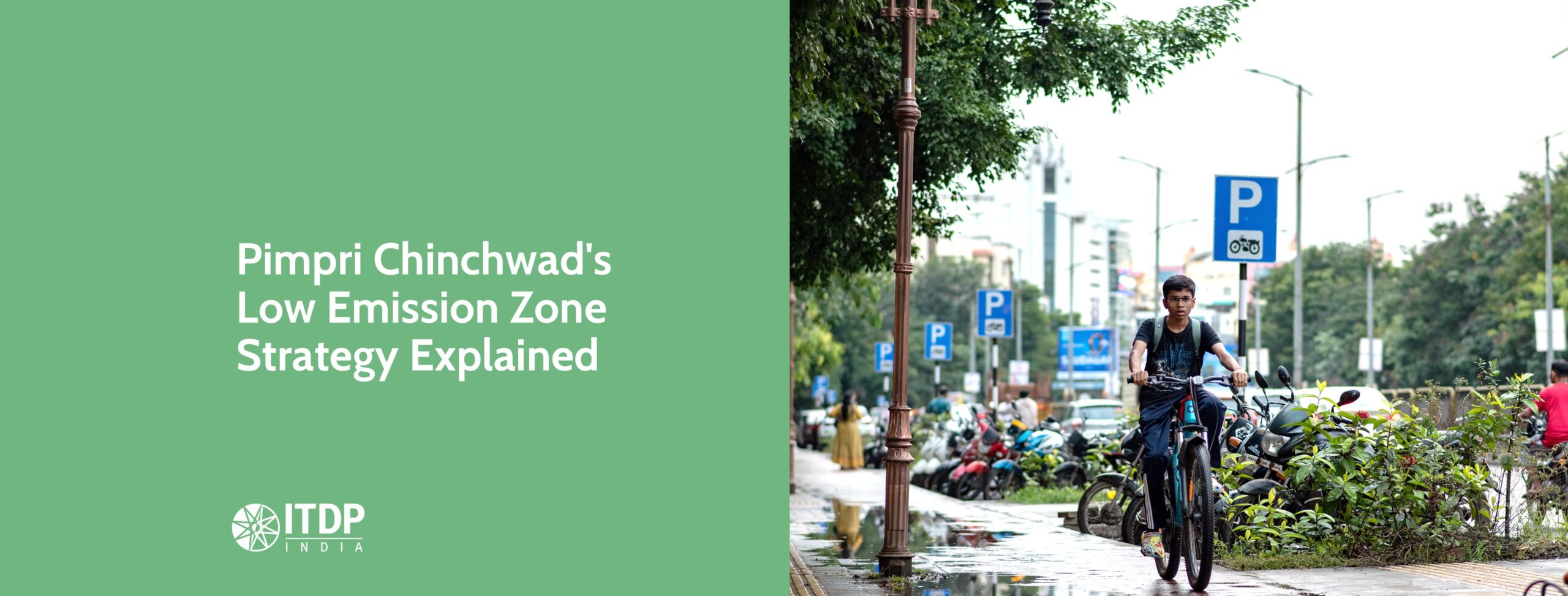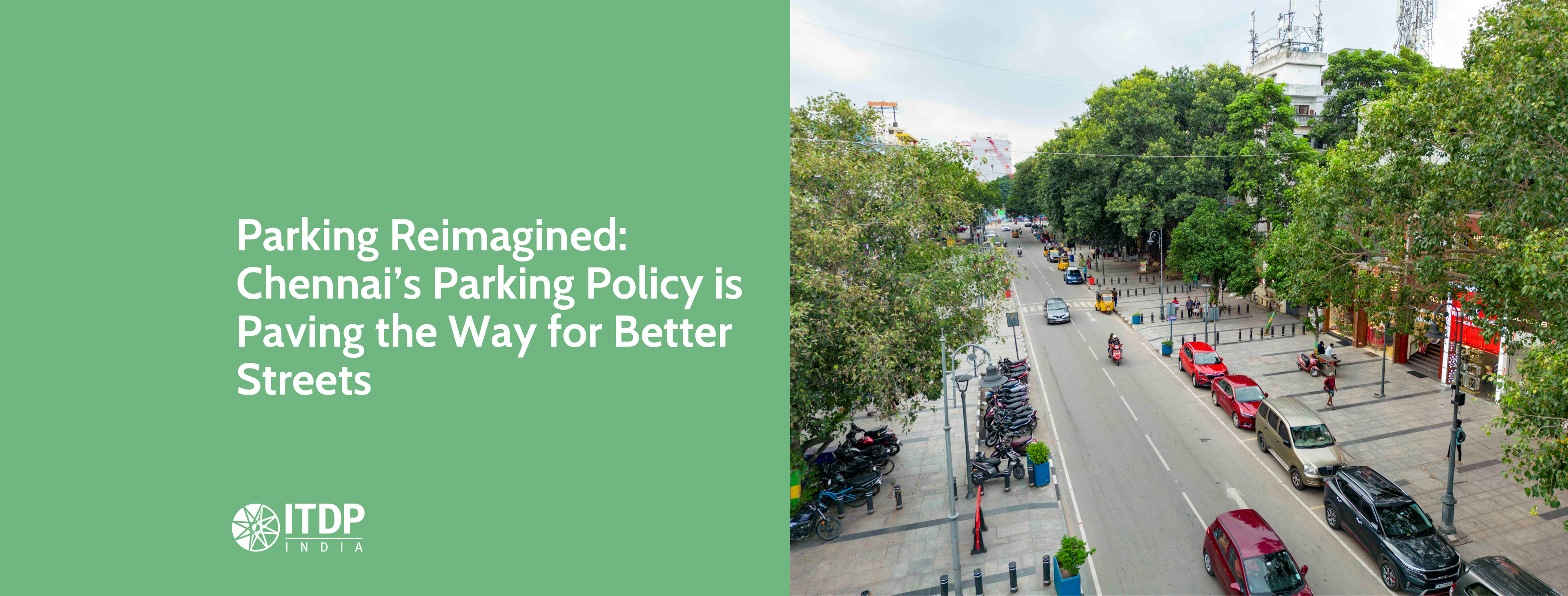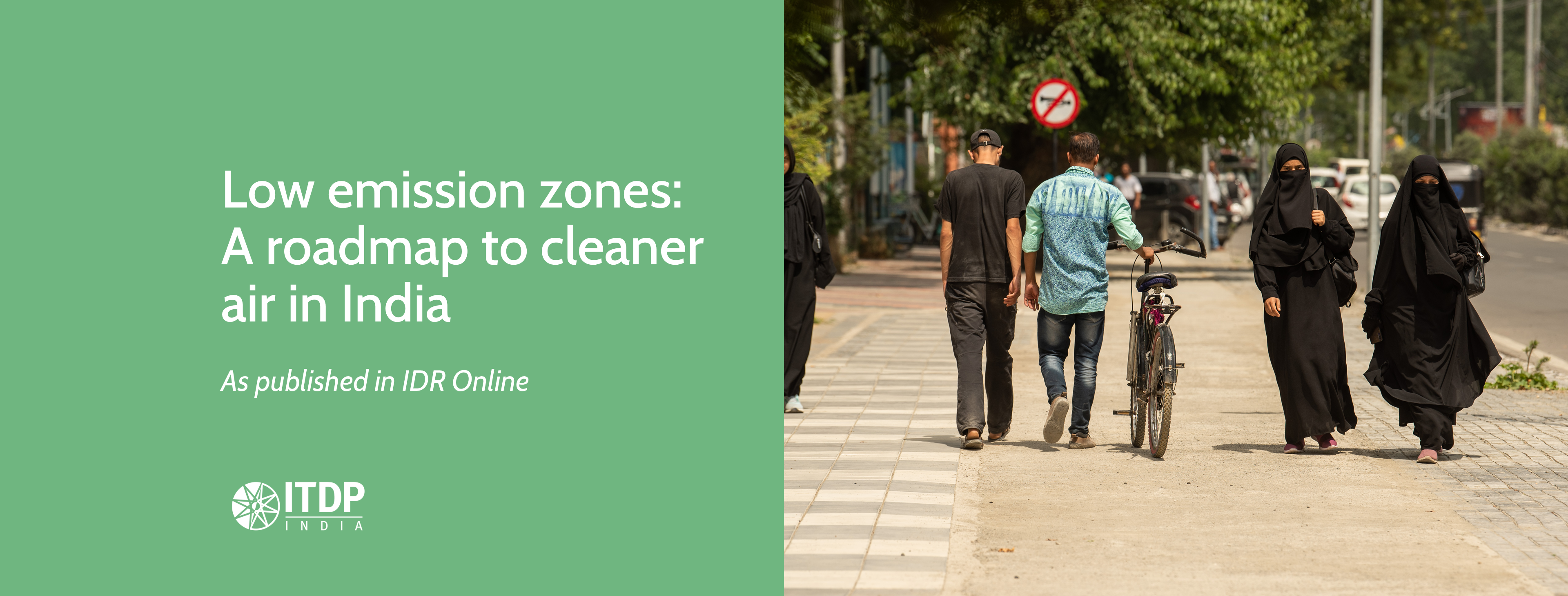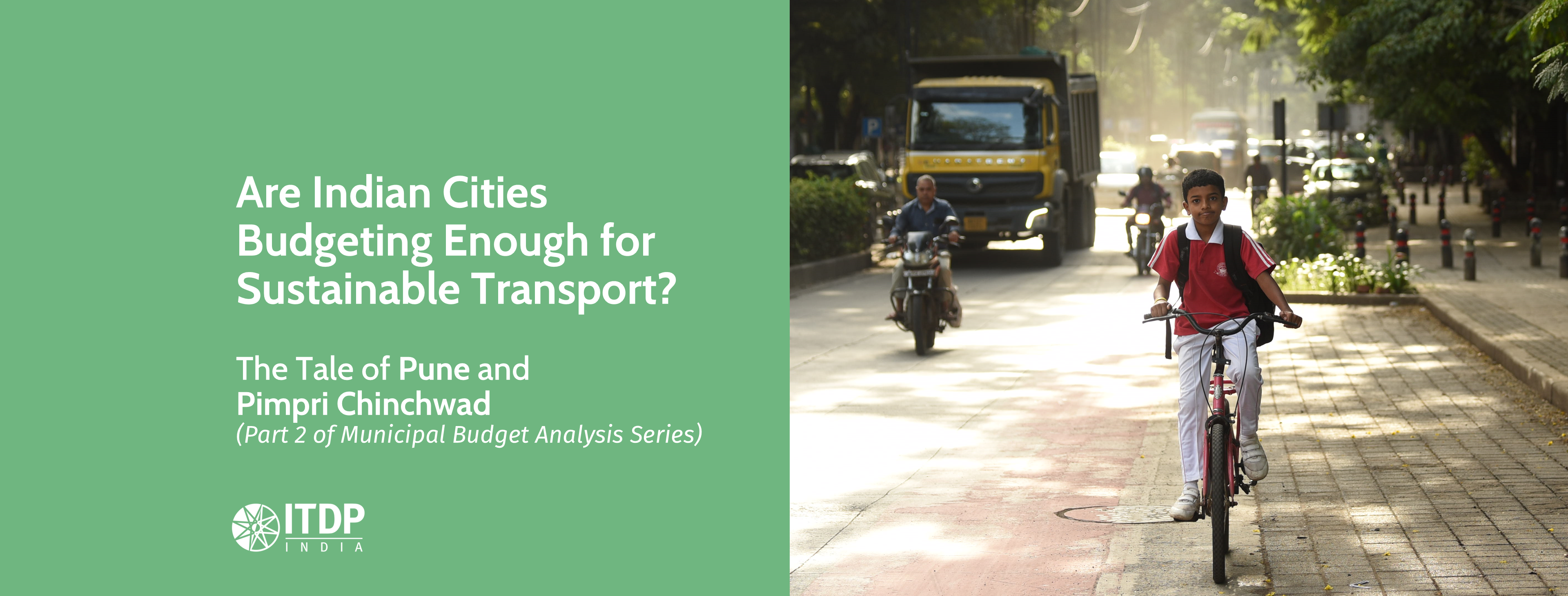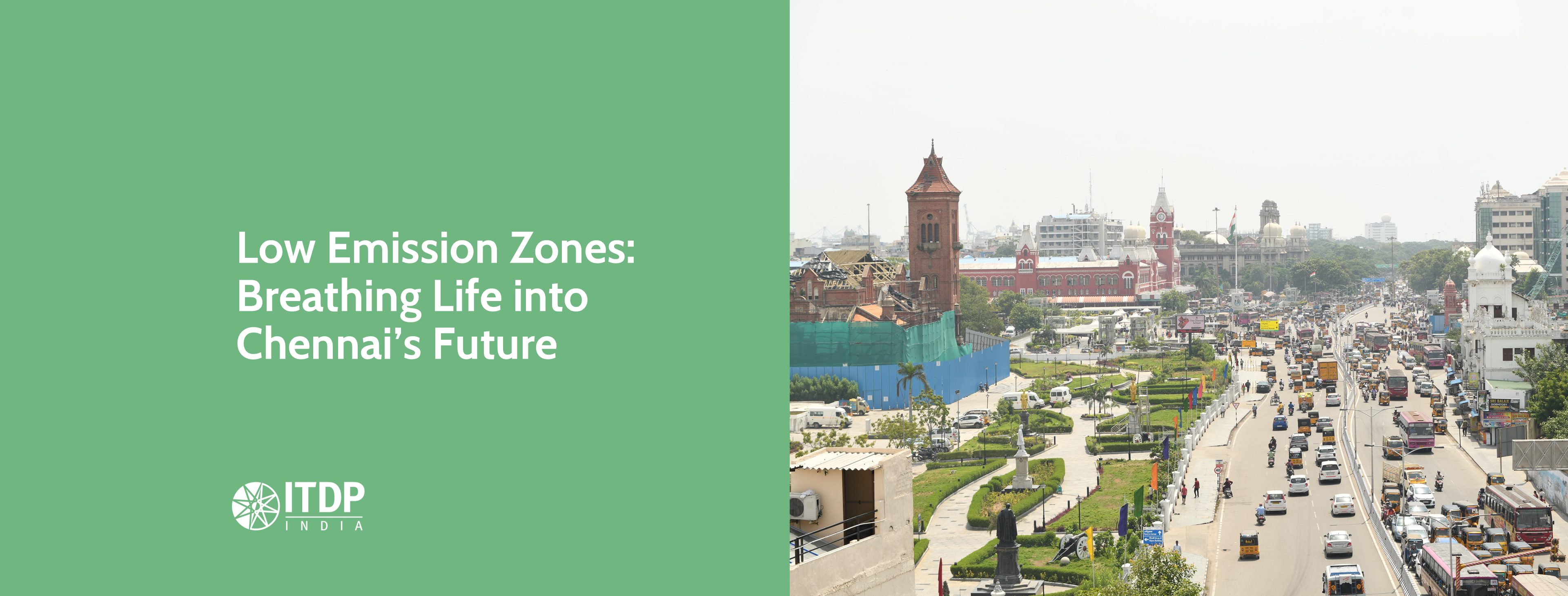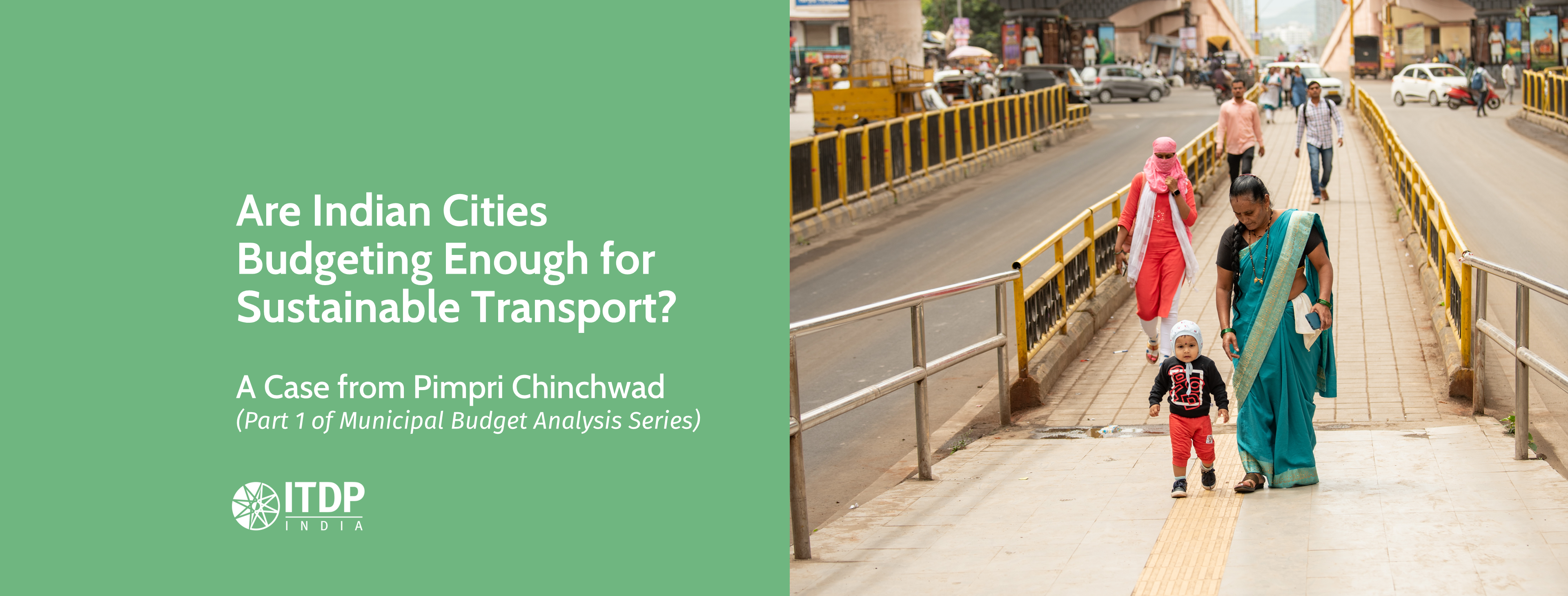For centuries, the idea of running a mile (approximately 1.6km) in under four minutes seemed impossible. This milestone mocked human limits—until 1954, when Roger Bannister, an English athlete, redefined what’s possible. He cleverly broke down the mile into smaller segments, put in rigorous training, aced each sprint, and combined with an unshakable belief in his goal, eventually shattered the record with a three-minute, 59-second mile! Bannister’s feat didn’t just break records; it sparked a revolution, inspiring countless others to follow. Today, breaking the four-minute mile has become routine for elite runners.
All it took was for someone to believe and champion the process.
Now, let’s fast forward to the present. Can such an impossible belief — of restricting polluting vehicles across a city by creating Low Emission Zones (LEZs) – help change the way we work towards achieving cleaner air?
You’ve likely heard the doubts: “How would we even start?” “Which vehicles should we restrict and where?” Yet, just like Bannister proved sceptics wrong, Pimpri Chinchwad is showing us that this too can be achieved by trusting the process. The city, since 2023, has been breaking down the challenge, taking it sprint by sprint, and proving that even ambitious goals for clean air are within reach through LEZs. In PCMC’s case, it is being done through the Graded Response Action Plan (GRAP).
Welcome to Pimpri Chinchwad’s inspiring LEZ journey, one step at a time, supported by ITDP India and International Council on Clean Transportation (ICCT). These steps were developed collaboratively by both the teams in discussion with city officials, and we strive to learn and refine the process as we move forward. While there’s still a long way to go, the city’s commitment to walking this path shows that meaningful progress is possible with sustained effort.
Step 1: Assessing Vehicle Inventory to Identify High-Polluting Vehicles
Every city has vehicles plying on its streets but not many cities are aware of the characteristic of vehicle fleet that is in use, such as their age, engine types as per Bharat Stage (BS) standards, fuel type, number of kilometre they travel within the city, and other information. The first step towards implementing LEZs is to know the above information through a primary survey or referring the recent vehicle emissions inventory reports.
Action: Pimpri Chinchwad began its journey surveying about 4000 vehicles across all vehicle types at six petrol pumps and two parking lots, from September to October 2023.

Outcome: The study revealed that about 70% are equipped with pre-BS, BS 1, BS 2, BS 3 & BS 4 engines, which are considerably more polluting than the Bharat Stage 6 standard – mandated in India since April 2020. Additionally, it highlighted that about 5% of heavy goods vehicles, light motor vehicles, heavy passenger vehicles and two wheelers are older than 15 years old—beyond the age deemed fit for use due to the release of excessive emissions. Upon further analysis, it was found that 85% of particulate matter (PM), nitrogen-di-oxide (NO2) emissions are coming from two wheelers, light motor vehicles, and goods vehicles. Such findings eventually informed the vehicle restriction strategy for the city’s LEZ.


Step 2: Identifying the Priority LEZ Areas to Restrict Vehicles
Once the vehicle inventory is computed, the next step is to identify priority areas where vehicles can be restricted. These areas can gradually be expanded to form larger LEZs, with the potential for citywide implementation in the long term.
Action: Pimpri Chinchwad, with support from ITDP India and ICCT, divided the city into a grid of two-km by two-km. Each of the four-km square areas were then evaluated through GIS mapping, against several criteria including existing pollution levels, population density, and street network density. Further, the presence of alternate modes of commuting such as public transport and improved walking and cycling infrastructure also made certain areas more suitable to initiate the implementation of LEZs. Grids with more schools and hospitals were prioritised to ensure that cleaner air was available for the vulnerable populations first.
Outcome: After a detailed, data-driven GIS analysis, 15 grids were identified as potential LEZ areas in Pimpri Chinchwad. The shortlisted grids were further delineated into a boundary, based on the road network and other physical geographical factors. However, the city has now announced a city-wide LEZ, where highly polluting vehicles will be restricted across the city for greater impact.


Step 3: Defining the LEZ Goal and Estimating the Potential Impact on Air Quality
The next step is to analyse the vehicle inventory data and assess the potential improvements in the city’s air quality from implementing the proposed LEZ in the prioritised area.
Action: Pimpri Chinchwad conducted an in-depth analysis of the vehicle inventory survey data. Initially considering the scenario of restricting all pre-Bharat Stage 6 vehicles in priority area by 2026 with certain exceptions, the team developed forward-looking LEZ scenarios to evaluate the potential improvements in the city’s air quality if these restrictions are implemented. The analysis revealed that by 2026, if the city restricted vehicles which were pre-Bharat Stage 6 standards within the identified LEZ areas it could lead to a dramatic 80% – 90% reduction in PM2.5 emissions from vehicles.

Outcome: After carefully assessing the potential and impact of vehicle restrictions, the city is now setting its sights on introducing Environmental Protection Fees for highly polluting vehicles if they wish to enter or move in the city, instead of an outright ban. This game-changing move would ensure that fees are proportionate to the pollution each vehicle type generates, creating a powerful incentive for citizens to start making greener choices at the same time, boosting alternate modes of transport such as walking, cycling and public transport within Pimpri Chinchwad.

Step 4: Conducting Stakeholder Discussions and Identifying Legal Pathways
Large-scale initiatives like this require collaboration across stakeholders and the identification of legal pathways for successful implementation. It is pertinent to bring together all the relevant stakeholders and collate their input and ideas.
Action: Pimpri Chinchwad began this process by engaging stakeholders from various departments of the Municipal Corporation, the RTO, and the Traffic Police. These discussions aimed to gather their insights, identify gaps, and explore tools and strategies for effective LEZ implementation.
Outcome: This stakeholder engagement led to a pivotal breakthrough: the idea of integrating LEZs into the city’s existing institutional framework for combating air pollution – Pimpri Chinchwad’s Graded Response Action Plan (GRAP). This has provided the city with a legal instrument to swiftly activate Low Emission Zones when the air quality surpasses ‘moderate AQI’ (101-300). As per Pimpri Chinchwad’s GRAP, a highly polluting vehicle entering the LEZ area can only do so upon payment of an environment protection fee (EPF) ranging between Rs 100-750 depending on the category/type of vehicle. This applies to pre-BS-4 of goods vehicles, 2-wheelers, and personal cars. The Standing Committee approval was received in in September 2024.
Step 5: Creating Enforcement Strategies for On-Ground Implementation
Successful LEZ implementation requires a deep understanding of suitable enforcement technologies (including systems for collecting payments/fines) to identify violators and collection of EPF and establishing robust monitoring systems to measure vehicle tail-pipe emissions. The next step is to identify context-appropriate technologies and ensure their effective deployment.
Action: Pimpri Chinchwad has been conducting expert roundtables and in-depth discussions to develop practical enforcement strategies and select suitable technologies for monitoring vehicle tail-pipe emissions.
Outcome: After thorough deliberation and a detailed assessment of various enforcement and monitoring technologies, the city has decided to adopt Automatic Number Plate Recognition (ANPR) for enforcement, complemented by on-ground personnel. Efforts are now underway to procure and implement this advanced system, ensuring efficient and reliable monitoring on city streets.
What’s next?
As Pimpri Chinchwad progresses toward on-ground implementation of LEZs, with support from ITDP India and ICCT, the city will focus on key steps to implement the LEZ, including engaging with state government officials, traffic police, and technocrats to strengthen enforcement systems and policy reforms. The city will also identify complementary interventions, conduct stakeholder workshops and public consultations to gather feedback, and work towards officially notifying the LEZ. A communication plan and media engagement will ensure citizens understand the measures and support the transition towards clean air.
Conclusion
The journey to establish LEZs in Pimpri Chinchwad is much like Roger Bannister’s historic four-minute mile—breaking down a seemingly impossible goal into achievable steps. Through meticulous data collection, strategic planning, and collaborative efforts, the city is in the process of paving the way toward cleaner, healthier air for its residents. While the road ahead is long, Pimpri Chinchwad is demonstrating that persistence and belief can turn ambitious goals into tangible realities.
What’s even more inspiring is that, just as Bannister’s feat motivated countless others to push the boundaries of human endurance, Pimpri Chinchwad’s LEZ journey has the potential to ignite a movement across Indian cities. By encouraging cleaner vehicle technology, investing in walking, cycling, and public transport initiatives, and restricting polluting vehicles, Pimpri Chinchwad is setting an example of how ambitious steps can lead to cleaner air and healthier, more liveable cities. This journey could redefine what’s possible for cities across India, paving the way for a more sustainable future. Here’s a starting guide to all things LEZs.
Written by Aangi Shah, Senior Associate, ITDP India
With technical inputs from Siddhartha Godbole, Senior Associate, ITDP India
Edited by Donita Jose, Senior Associate, Communications, ITDP India




